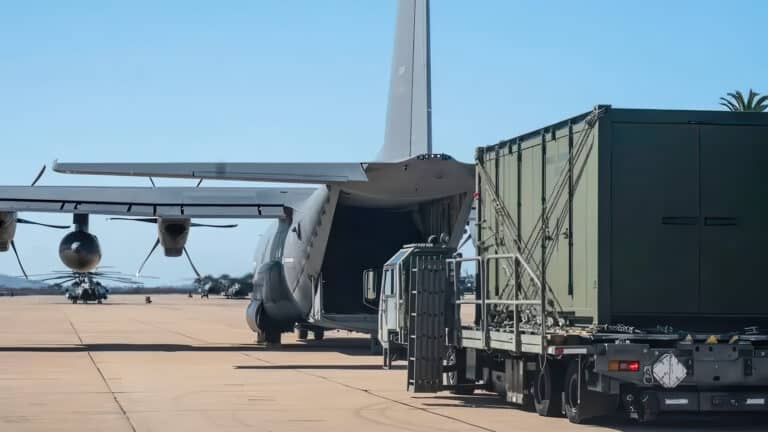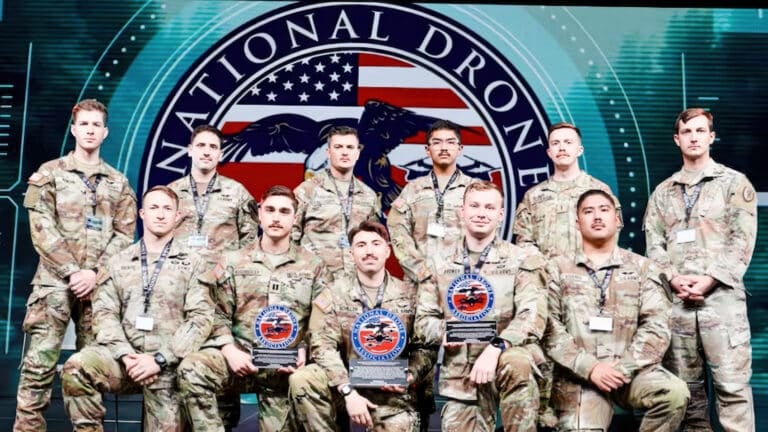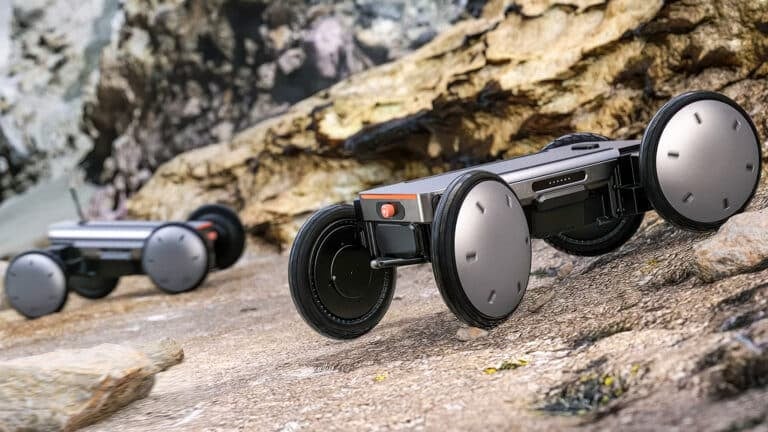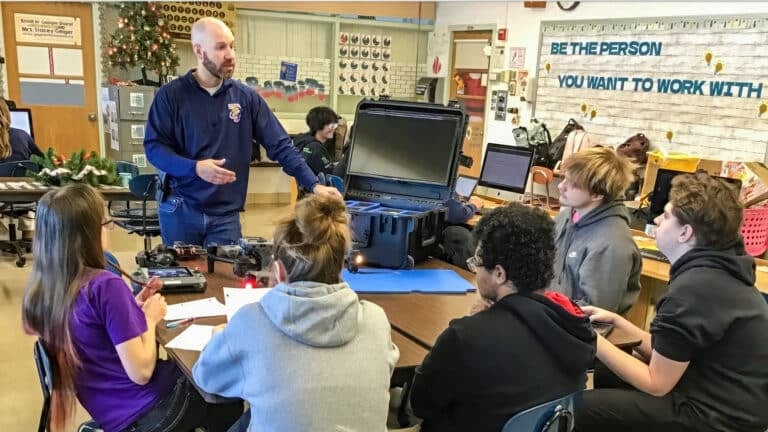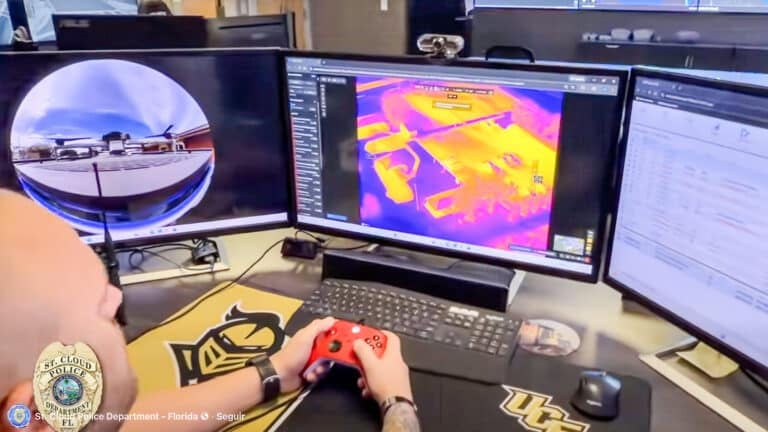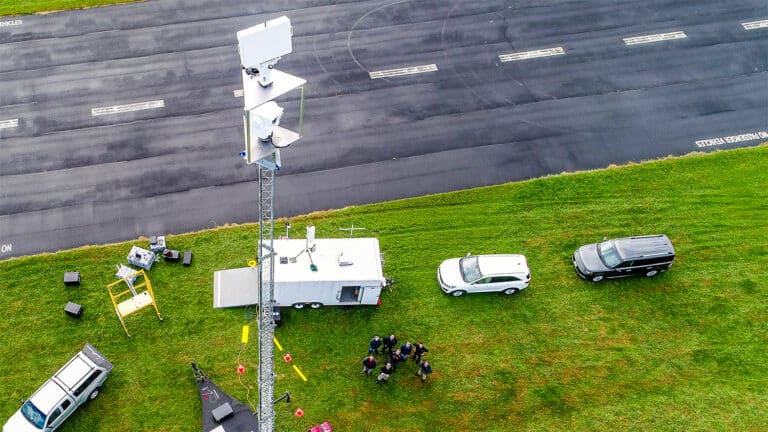FAA’s Bold BVLOS Proposal: End Waivers, Ignite U.S. Drone Innovation Boom

Hey drone enthusiasts, what if regulations finally caught up to your tech? Enter the FAA’s BVLOS bombshell, promising economic wins and global edge—details inside.
The U.S. Federal Aviation Administration (FAA) has proposed a new rule for Beyond Visual Line of Sight (BVLOS) drone operations, aiming to normalize these flights and unlock economic benefits in sectors like package delivery and agriculture. This development, announced by Transportation Secretary Sean P. Duffy, promises to streamline approvals and enhance U.S. leadership in drone technology.
Key Operations Enabled by the Proposal
The proposed rule outlines operations that BVLOS would support, including package delivery, agriculture, aerial surveying, civic interest such as public safety, recreation, and flight testing. These activities would generally occur at or below 400 feet above ground level, launching from pre-designated, access-controlled locations. Operators must secure FAA approval for their intended flight areas, specifying boundaries, daily operation estimates, and zones for takeoff, landing, and loading. They also need to ensure reliable communications and have procedures for lost links.
This raises questions about scalability, as the FAA plans to evaluate multi-drone operations case by case. Building on that, operators must familiarize themselves with airspace restrictions, review Notices to Airmen (NOTAMs), and mitigate hazards. The shift from individual waivers to a standardized framework could reduce bureaucratic hurdles, previously described as cumbersome.
“Previously, operators would have to get individual waivers or exemptions to use their drones without visual line of sight. These were approved on a case-by-case basis, and the process was cumbersome,” according to the announcement.
Safe Separation and Technology Requirements
To maintain safety, the rule introduces Automated Data Service Providers (ADSPs) that operators would use for scalable BVLOS flights. These entities, approved and regulated by the FAA, provide services to separate drones from each other and manned aircraft, adhering to industry consensus standards after vetting and testing. An operator could serve as its own ADSP or contract externally.
Drones must incorporate detect-and-avoid technologies for cooperating aircraft. They would yield to manned aircraft broadcasting positions via ADS-B and avoid interfering with airports, heliports, seaplane bases, space launch sites, or reentry facilities. This technical layer aims to integrate drones seamlessly into the national airspace.
“Normalizing BVLOS flights is key to realizing drones’ societal and economic benefits,” said FAA Administrator Bryan Bedford. “Package delivery, agriculture, aerial surveying, public safety, recreation, and flight testing are just some of the uses we expect to see as we enable these innovative technologies while maintaining the safety of our National Airspace System.”
The proposal extends to manufacturers, requiring drones to protect against intentional electronic interference. The Transportation Security Administration (TSA) partnered in developing this rule, emphasizing secure aircraft design.

Security Measures and Operational Authorizations
Security forms a core pillar, with operators required to address risks through physical and cybersecurity policies. This includes preventing unauthorized access to facilities and protecting networks, devices, and data. Policies must cover developing and implementing measures for controlled areas.
Authorizations split into permits for lower-risk operations—like those with limited fleet size, weight, and scope—and certificates for higher-risk ones involving larger aircraft or fleets. Permits could issue promptly for activities such as package delivery, agricultural tasks, or recreational flights. Certificates demand thorough FAA reviews.
For certified operators, responsibility falls to key roles: an operations supervisor overseeing safety, security, regulatory compliance, and personnel training; and a flight coordinator managing personnel to obtain Level 3 security threat assessments that may include a watchlist check, immigration check, and a fingerprint-based criminal history records check. TSA would also require permitted and certificated package delivery operators to obtain a limited security program from TSA.
Brendan Schulman, former VP of Policy & Legal Affairs at drone maker DJI, noted, “The security requirements are new, and not seen in prior FAA drone regulations. They might exclude certain equipment or organizations from operating BVLOS.” This highlights potential barriers for some stakeholders, particularly if equipment lacks robust protections. Schuman also pointed out that, “traditional aircraft certification is not needed. That’s huge. Also, the rule leverages ADS-B, which is great to see.”
Operations Over People and Reporting Obligations
The rule permits flights over people but prohibits them over large open-air gatherings like concerts or sporting events. It establishes five categories based on population density, with escalating restrictions, technologies, and mitigations as density increases. This graduated approach balances utility with risk.
Operators face reporting duties, submitting data on flight hours per drone (including make, model, and registration), unplanned landings, loss of control or communication, malfunctions leading to unauthorized area entries, automated data service failures, security breaches causing drone control loss, unauthorized access to facilities or data, and operations resulting in over $500 in property damage. Such transparency could foster accountability but add administrative burdens.
Regulatory and Economic Implications
This proposal aligns with broader innovation goals, as Secretary Duffy stated, “We are making the future of our aviation a reality and unleashing American drone dominance. From drones delivering medicine to unmanned aircraft surveying crops, this technology will fundamentally change the way we interact with the world.” He added, “Our new rule will reform outdated regulations that were holding innovators back while also enhancing safety in our skies. Thanks to President Trump, America – not China – will lead the way in this exciting new technology.”
Michael Kratsios, Director of the White House Office of Science and Technology Policy, echoed this: “Today’s NPRM is a bold, forward-looking step that helps unlock the full potential of BVLOS drone operations, transforming how we monitor infrastructure, deliver critical supplies, advance precision agriculture, and speed up emergency response. Under President Trump’s leadership, we are giving innovators a predictable, scalable pathway to conduct BVLOS missions, to ensure that the United States remains the global leader in drone technology. We look forward to public comment on this critical rulemaking.”
The 60-day comment period, without extension, invites input via the Federal Register.
Schulman praised the arrival: “The BVLOS proposed rule is finally here, after a decade of drone industry anticipation and advocacy. The FAA fact sheet is a great summary of the major aspects of the proposal.”
Economically, expanded BVLOS could boost sectors like manufacturing, farming, energy, filmmaking, and medical deliveries. Yet, security mandates might raise costs or limit participation, prompting a need for balanced implementation. Drone professionals and pilots should review the full proposal here and consider Secretary Duffy’s innovation agenda here.
This rule signals a pivotal regulatory shift, potentially positioning U.S. drones for global dominance while prioritizing safety.
Discover more from DroneXL.co
Subscribe to get the latest posts sent to your email.
Check out our Classic Line of T-Shirts, Polos, Hoodies and more in our new store today!

MAKE YOUR VOICE HEARD
Proposed legislation threatens your ability to use drones for fun, work, and safety. The Drone Advocacy Alliance is fighting to ensure your voice is heard in these critical policy discussions.Join us and tell your elected officials to protect your right to fly.
Get your Part 107 Certificate
Pass the Part 107 test and take to the skies with the Pilot Institute. We have helped thousands of people become airplane and commercial drone pilots. Our courses are designed by industry experts to help you pass FAA tests and achieve your dreams.

Copyright © DroneXL.co 2025. All rights reserved. The content, images, and intellectual property on this website are protected by copyright law. Reproduction or distribution of any material without prior written permission from DroneXL.co is strictly prohibited. For permissions and inquiries, please contact us first. DroneXL.co is a proud partner of the Drone Advocacy Alliance. Be sure to check out DroneXL's sister site, EVXL.co, for all the latest news on electric vehicles.
FTC: DroneXL.co is an Amazon Associate and uses affiliate links that can generate income from qualifying purchases. We do not sell, share, rent out, or spam your email.






